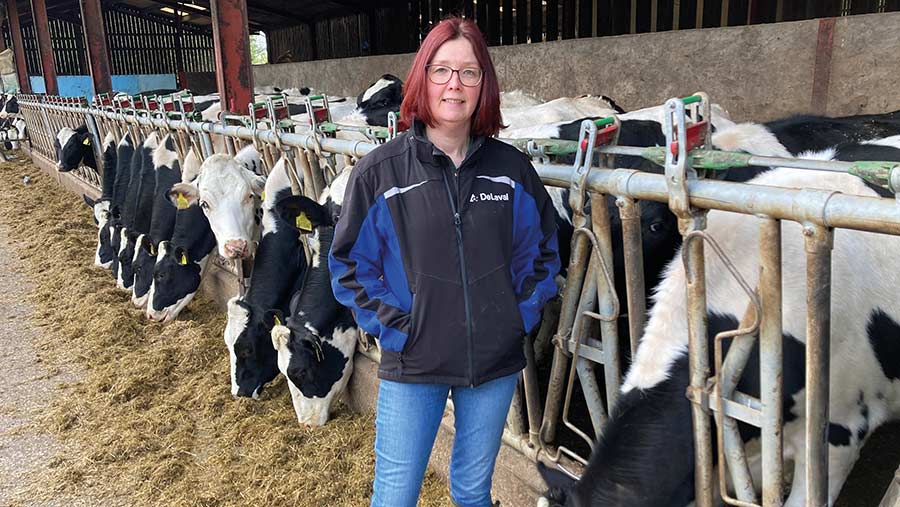Opinion: Losing Dad made me extra careful about farm safety
 Cath Morley © Cath Morley
Cath Morley © Cath Morley Accidents on farms with livestock or machinery can happen in the blink of an eye, changing lives forever.
Recently there have been several social media posts depicting near-misses or informing us of yet another fatality.
One particular post showing a woman being roughed up by a calving cow really made me stop in my tracks.
See also: Opinion – single-interest thinking is bad for the countryside
Unfortunately, I know from personal experience how devastating these incidents can be.
Back in August 1994, my dad was fatally injured by one of his own heifers at our local agricultural show.
As he was unloading her, she spooked and took off with him across the show field.
He was trampled and suffered major trauma to his chest.
Despite the incredible efforts of the first aid teams and ambulance crew he died from his injuries.
Just like that a gaping hole was left in our family.
My mum was a widow at 52, my brother lost both his dad and his business partner overnight, and 18-year-old me was left numb, frightened and angry that he’d been taken away before I’d had a chance to prove I wasn’t just a grumpy teenager who hated A-levels.
Improvement needed
It’s for that reason that I never for a moment imagined I would spend every day working with cows.
Even though our cows are very quiet, I get incredibly worked up when we’re moving or loading them.
I won’t put myself in the way of one if she’s trying to get past me and, as I’m sure many of you will understand, that doesn’t help with husband-and-wife relations in an already stressful situation.
One morning, while sorting some particularly lively heifers for the vet, I had a panic attack, walked out and threatened never to come back.
Instantly, Chris was on the phone, ordering self-locking head yolks.
What a revelation they have been. Every time we use them, we wonder why we didn’t put them in years ago.
Now, routine vet visits, freeze-branding and worming are much quicker and far less stressful for everyone.
It shouldn’t, though, take an event or incident like that to make you realise where and why improvement is needed.
Agriculture’s safety record
It’s now been 29 years since my dad passed away.
In that time, there has been virtually no improvement in health and safety statistics and agriculture is still widely known as the most dangerous profession.
This is not an accolade for any of us to be proud of. You’d think after all this time the message should have got through and old habits would be changing. But they aren’t.
By now, wearing a helmet on a quad and using the safe-stop method when working on machinery should be programmed into our subconscious, like putting on a seatbelt in a car. Yet it is still the exception, not the rule.
There is far too much complacency and the “it won’t happen to me” attitude isn’t doing anyone any favours.
When time and staff are in short supply, shortcuts can be tempting, but taking just 30 seconds to assess what you’re doing could mean the difference between life and death.
The safety of our staff and family members, and ourselves, should be our number one priority and it shouldn’t take a post on social media to shock us into doing something differently.

